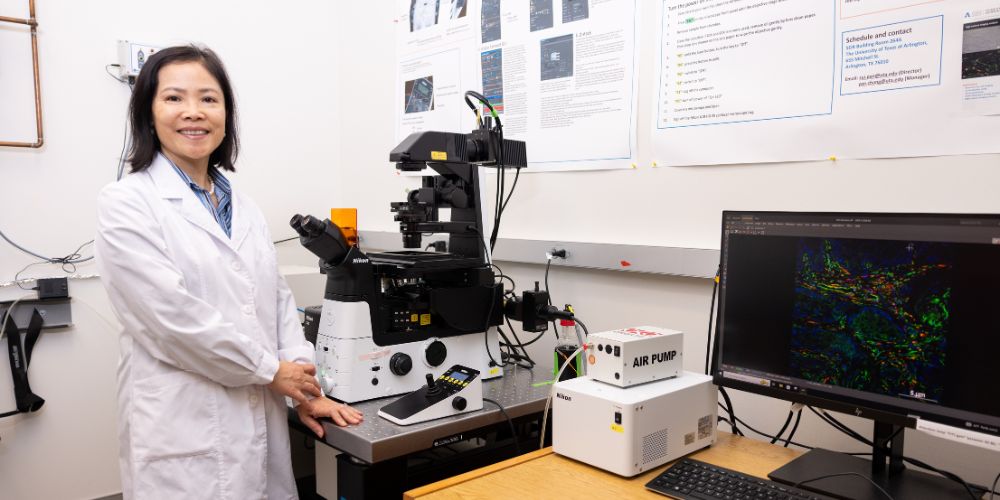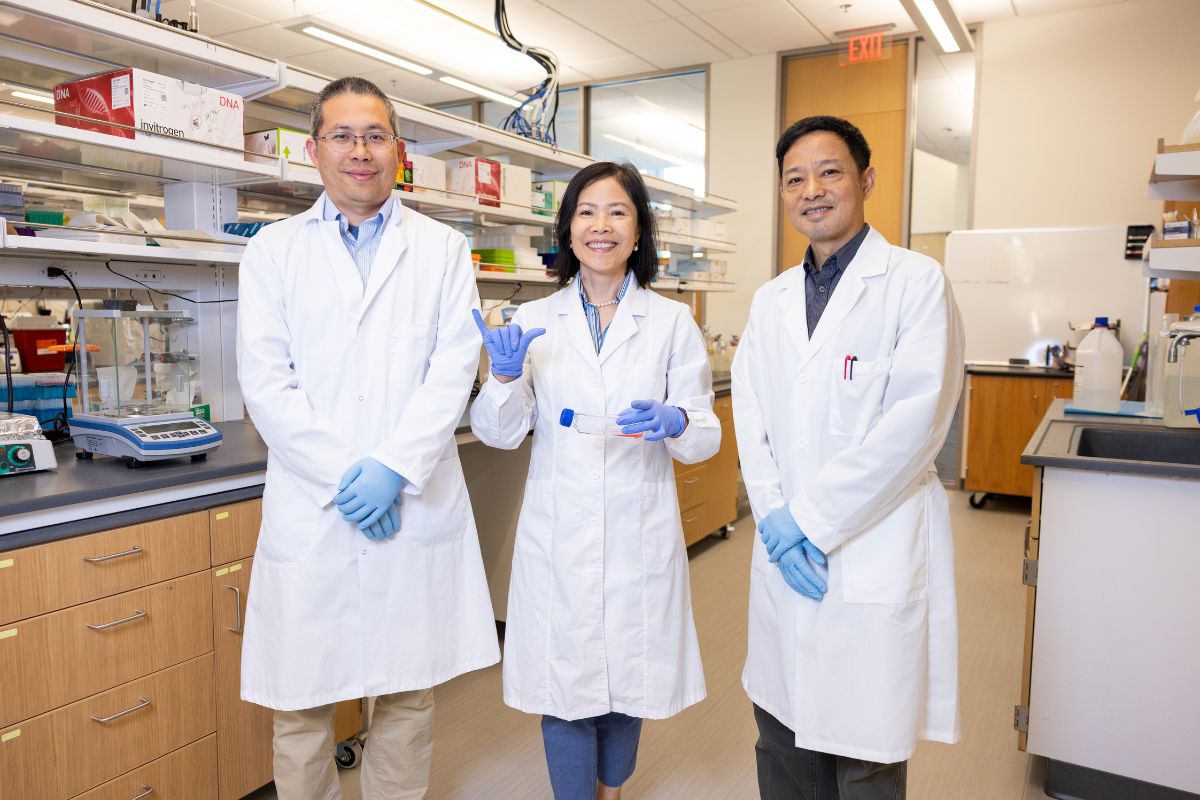
Researchers at The University of Texas at Arlington are pursuing a potential breakthrough that could help soldiers recover from devastating blast injuries.

Zui Pan, professor of graduate nursing at UT Arlington, is leading the 20-month study exploring how zinc might protect and regenerate muscle tissue damaged by trauma. The multidisciplinary study team also includes bioengineering professors Jun Liao and Yi Hong, along with Yingjie Liu, an assistant professor of research at UTA's Bone-Muscle Research Center and a member of the RISE 100 initiative.
Although injuries from the initial blast are irreversible, the team's research focuses on reducing secondary damage, the progressive tissue loss that occurs after the initial injury as reduced blood flow, swelling and infection further destroy muscle and surrounding tissue. Secondary damage is often just as severe as initial damage and is potentially catastrophic.
"To save lives and stop bleeding, we often use a tourniquet or bandage to stop blood flow to the affected area, which induces severe ischemia—meaning no blood flow," said Dr. Pan, director of a lab focused on calcium signaling in cancer and other diseases. "When the bandage or tourniquet is removed, the blood rushes back into the area—a process called reperfusion. This brings oxygen back, but it can actually cause more tissue damage. Our goal is to find ways to reduce this secondary damage."
Zinc has been shown to facilitate muscle regeneration, Pan said, but it must be administered in a controlled manner.
"If too much zinc is given, it can become toxic and cause more damage," she said.
To test its effectiveness, researchers will use a zinc-infused gel known as gelatin methacryloyl—an FDA-approved material—to study how it promotes muscle regeneration following blast injuries.
While precise statistics are hard to determine, blast injuries among service members have increased since the conflicts in Iraq and Afghanistan. A 2016 Department of Veterans Affairs report found that 74% of all combat injuries between 2001 and 2011 were caused by explosions.
Beyond military applications, the research could also benefit civilians recovering from severe trauma caused by car accidents, sports injuries or natural disasters such as earthquakes.
"Our long-term goal is to identify a safe and convenient way to apply zinc directly to muscle tissue to help protect skeletal muscle from ischemia reperfusion injury and promote regeneration," Pan said.
The study is part of the UT System's Trauma Research and Combat Casualty Care Collaborative (TRC4), created to address the critical needs for improvement of trauma care both on the battlefield and in the civilian world.
About The University of Texas at Arlington (UTA)
Celebrating its 130th anniversary in 2025, The University of Texas at Arlington is a growing public research university in the heart of the thriving Dallas-Fort Worth metroplex. With a student body of over 42,700, UTA is the second-largest institution in the University of Texas System, offering more than 180 undergraduate and graduate degree programs. Recognized as a Carnegie R-1 university, UTA stands among the nation's top 5% of institutions for research activity. UTA and its 280,000 alumni generate an annual economic impact of $28.8 billion for the state. The University has received the Innovation and Economic Prosperity designation from the Association of Public and Land Grant Universities and has earned recognition for its focus on student access and success, considered key drivers to economic growth and social progress for North Texas and beyond.






